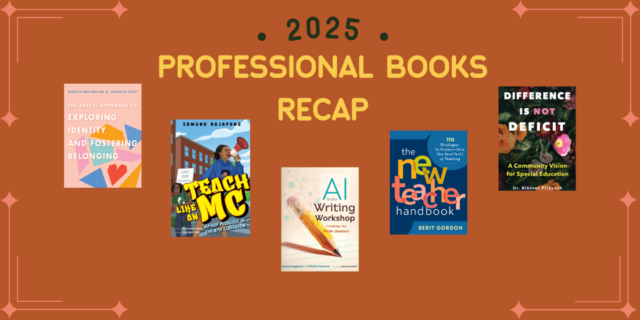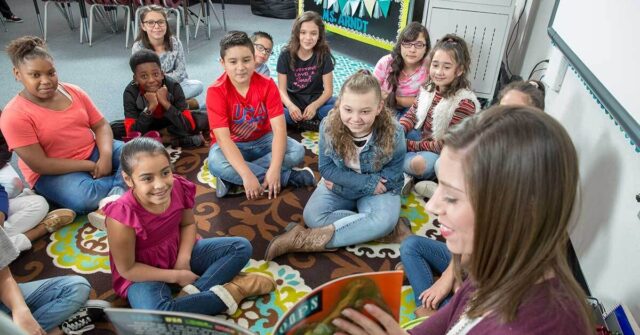
Understanding how children learn to read is pivotal in designing effective literacy instruction. Dr. Hollis Scarborough’s Reading Rope metaphorically illustrates this intricate process, depicting reading proficiency as a result of intertwining strands rather than a single leap.
Understanding the Reading Rope
Scarborough’s Reading Rope divides reading into two broad categories: Word Recognition and Language Comprehension, each composed of several interdependent strands.
Word Recognition: The Nuts and Bolts
Word recognition strands include:
- Phonological Awareness: The ability to identify and manipulate sounds in spoken words.
- Decoding: Connecting printed words to their spoken forms.
- Sight Recognition: Swift identification of familiar words without decoding.
Language Comprehension: Beyond Words
Language comprehension strands include:
- Background Knowledge: Prior knowledge enhancing understanding.
- Vocabulary: Knowledge of words and their meanings.
- Language Structures: Grammar and syntax rules.
- Verbal Reasoning: Logical thinking and inference-making.
- Literacy Knowledge: Understanding text formats and styles.
Weaving Strands Together: Fountas & Pinnell's Approach
Each of these different instructional contexts works together to provide explicit instruction and opportunities for practice and application in each area. This alignment ensures skill development and the weaving of these skills into a cohesive and empowering literacy journey for each student.
The Fountas & Pinnell Literacy™ approach offers a comprehensive and research-based framework for educators to provide explicit instruction and practice in these literacy areas. The following resources can be used as standalone supplemental resources or seamlessly paired together for more significant impact.
Whole-Group:
- Interactive Read-Aloud: This approach transforms storytelling into a collaborative journey, where students actively engage, share insights, and connect with the text and their peers.
- Shared Reading: Shared Reading uses captivating, enlarged texts and encourages students to voice their understanding, listen to peers, and collaborate on interpretations—fostering an inclusive learning environment.
- Reading Minilessons: Reading Minilessons guide students from inquiry to understanding, ensuring every lesson is engaging and instructive. Additionally, they empower educators to choose the proper lessons for their students’ needs.
- Writing Minilessons: Writing Minilessons offer structured guides to transform thoughts into coherent, captivating texts, refining their thinking and writing skills. They also enable teachers to match the needs in their classroom with targeted instruction.
- Phonics, Spelling, and Word Study: The explicit instruction in Phonics, Spelling, and Word Study is a stepping stone for confident readers, ensuring they recognize and understand words effortlessly.
Small-Group & Independent:
- Guided Reading: Guided Reading is a responsive approach to literacy that brings the benefits of small-group instruction to every student in grades K-6. It's a blend of foundational skills practice, comprehension development, and writing activities that guide students on their journey towards becoming confident readers and writers.
- Book Clubs: Structured around captivating books that spark lively discussions, Book Clubs encourage students to synthesize their literacy skills in a communal setting. They apply critical thinking, share insights, and explore texts collectively, fostering a deeper comprehension and a sense of investment in their reading journey.
- Independent Reading: Independent Reading offers students a diverse library of literature that encourages self-directed literary exploration. This resource puts a wealth of high-quality trade books at students' fingertips, inviting them to discover and immerse themselves in texts that align with their individual interests and skills.
By weaving together these different instructional contexts and resources, educators can create a cohesive and empowering literacy journey for each student, ensuring skill development and fostering a love for reading and learning.
***
Learn more about how Fountas & Pinnell resources align with the Reading Rope.


